These Fast Growing Areas Are Bulldozing Trees at an Ultra Rapid Pace
 https://climatecrisis247.com/wp-content/uploads/2025/09/38136-150x150.jpeg
https://climatecrisis247.com/wp-content/uploads/2025/09/38136-150x150.jpegAccording to a recent USDA study, U.S. cities lose close to 36 million trees every year. Since the start of the century, relentless urban growth has erased more than five million acres of canopy nationwide, stripping away a natural buffer against pollution and locking in higher levels of carbon emissions.
Feel the burn? There Are Six Megafires In The U.S. Right Now
Whence the next pandemic? Cities Where the Next Pandemic Is Most Likely to Break Out
In dozens of fast-growing cities throughout the Southeast, forested areas are being transformed into medium density development at a rapid pace, with more than half of all tree cover being converted to residential and commercial buildings. A look at recent satellite imagery reveals the cities that are getting rid of their forests the fastest.
To determine the cities getting rid of their forests the fastest, Climate Crisis 247 reviewed data on land cover by class from the IPUMS NHGIS program of the Minnesota Population Center at the Institute for Social Research & Data Innovation at the University of Minnesota. Cities, towns, villages, and census-designated places were ranked based on the percentage-point change in forest as a percentage of total land cover from 2001 to 2021. Forest land cover includes the land cover classes deciduous forest, evergreen forest, and mixed forest. Supplemental data on population is from the U.S. Census Bureau.
25. Savannah, GA

- Forest as percentage of land cover, 2021: 13.3% (-6.3 ppts from 2001)
- Forest as percentage of land cover, 2001: 19.6%
- Population change, 2000 to 2023: +12.2%
- Total population, 2023: 147,546
24. Pearland, TX

- Forest as percentage of land cover, 2021: 2.8% (-6.5 ppts from 2001)
- Forest as percentage of land cover, 2001: 9.3%
- Population change, 2000 to 2023: +234.7%
- Total population, 2023: 125,983
23. Tallahassee, FL
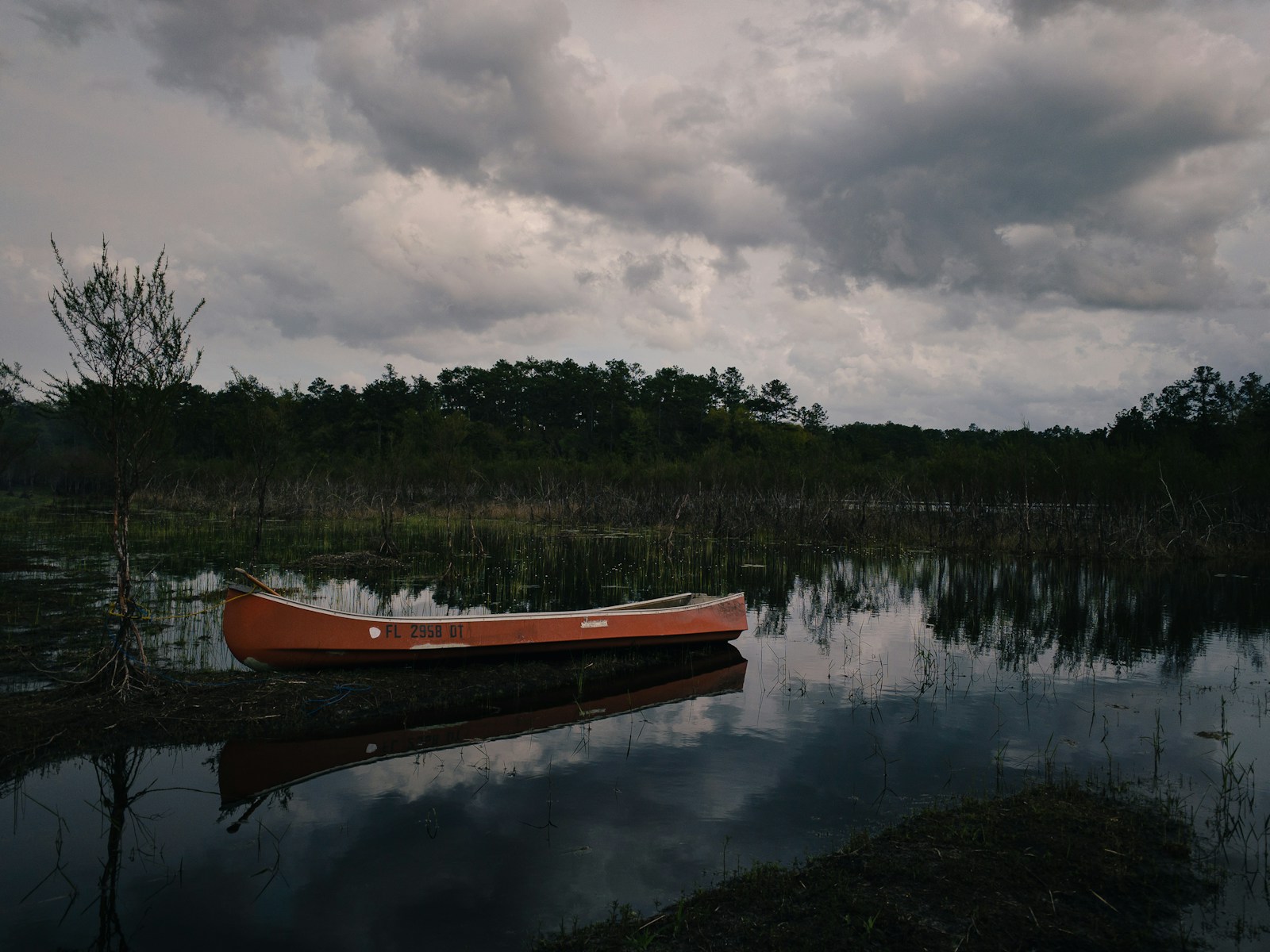
- Forest as percentage of land cover, 2021: 26.6% (-6.7 ppts from 2001)
- Forest as percentage of land cover, 2001: 33.3%
- Population change, 2000 to 2023: +32.6%
- Total population, 2023: 199,696
22. Little Rock, AR

- Forest as percentage of land cover, 2021: 22.3% (-7.1 ppts from 2001)
- Forest as percentage of land cover, 2001: 29.4%
- Population change, 2000 to 2023: +10.7%
- Total population, 2023: 202,739
21. Greenville, SC
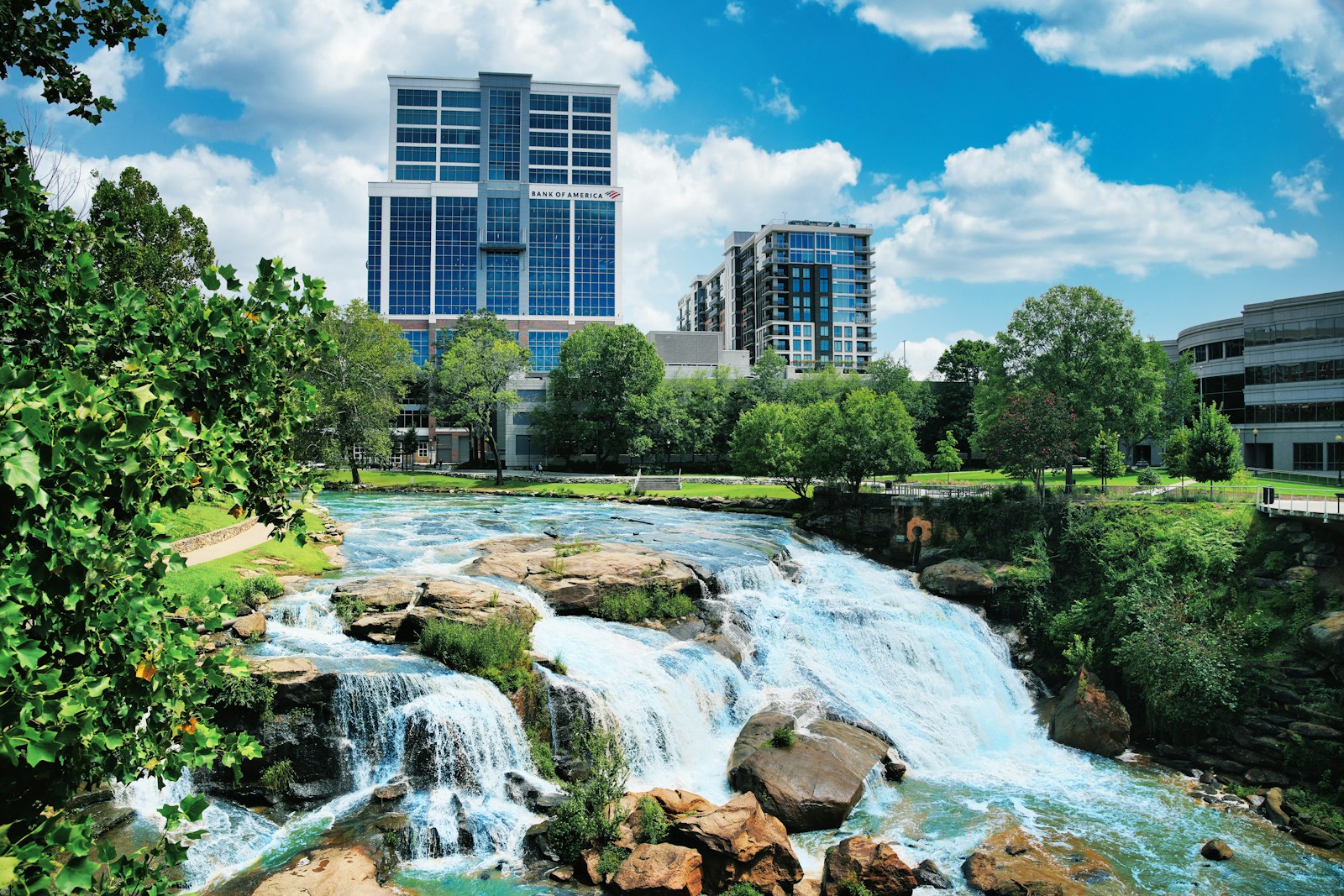
- Forest as percentage of land cover, 2021: 10.9% (-7.2 ppts from 2001)
- Forest as percentage of land cover, 2001: 18.1%
- Population change, 2000 to 2023: +28.1%
- Total population, 2023: 71,755
20. Tyler, TX

- Forest as percentage of land cover, 2021: 14.2% (-7.2 ppts from 2001)
- Forest as percentage of land cover, 2001: 21.4%
- Population change, 2000 to 2023: +28.8%
- Total population, 2023: 107,718
19. Jacksonville, NC

- Forest as percentage of land cover, 2021: 15.9% (-7.6 ppts from 2001)
- Forest as percentage of land cover, 2001: 23.5%
- Population change, 2000 to 2023: +10.2%
- Total population, 2023: 73,507
18. O'Fallon, MO
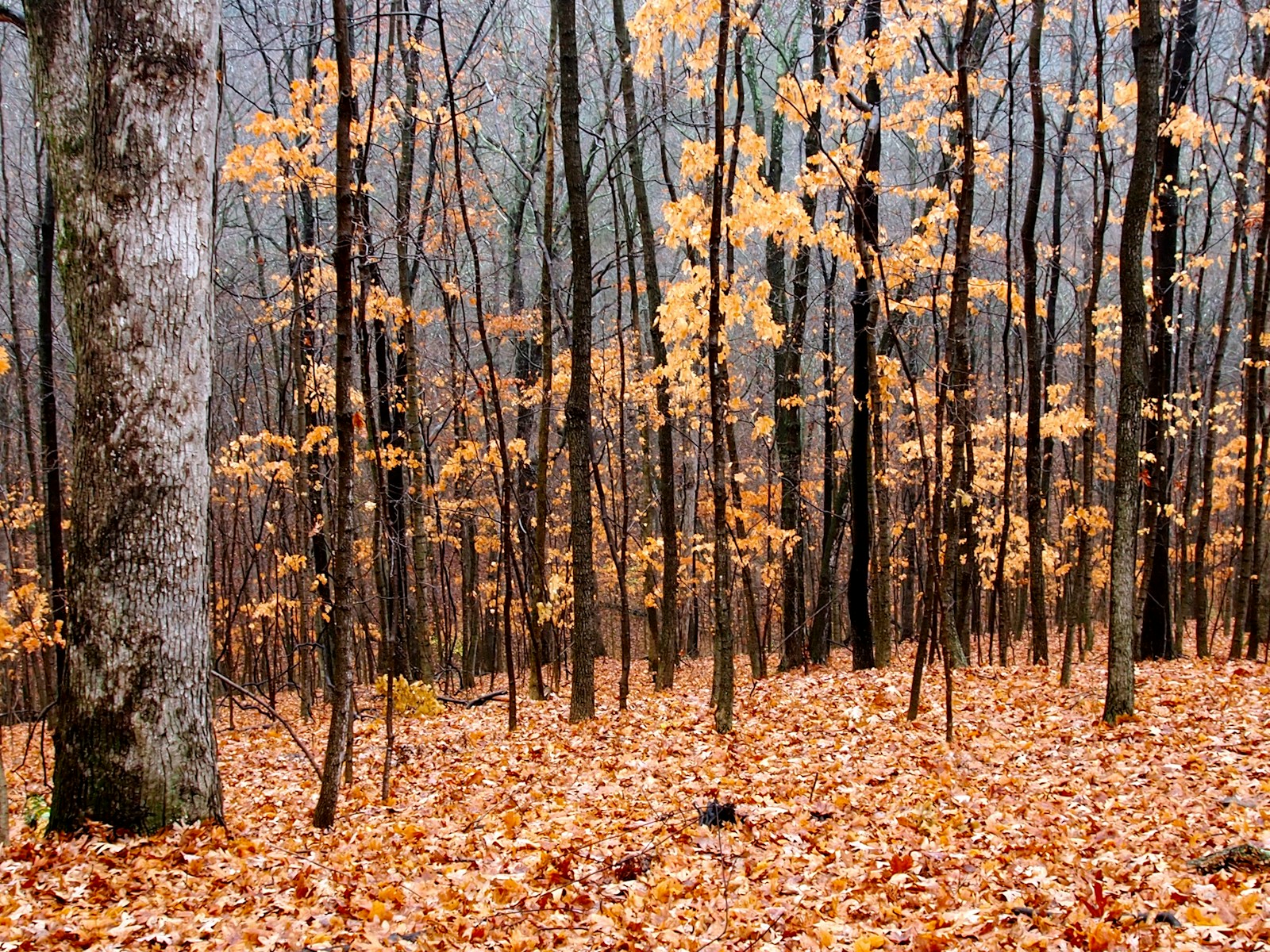
- Forest as percentage of land cover, 2021: 8.4% (-7.7 ppts from 2001)
- Forest as percentage of land cover, 2001: 16.1%
- Population change, 2000 to 2023: +100.8%
- Total population, 2023: 92,697
17. Raleigh, NC
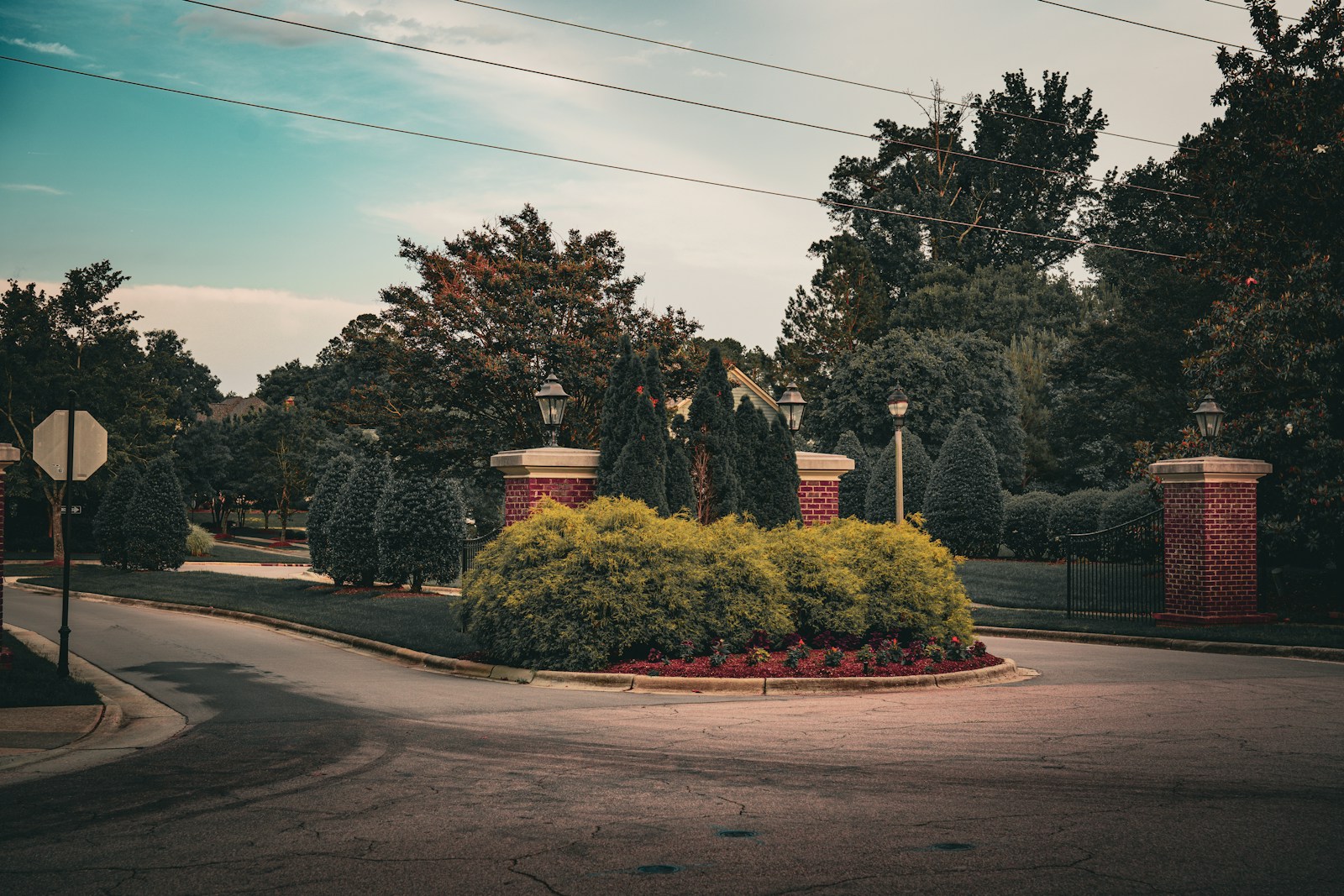
- Forest as percentage of land cover, 2021: 15.6% (-7.9 ppts from 2001)
- Forest as percentage of land cover, 2001: 23.5%
- Population change, 2000 to 2023: +70.5%
- Total population, 2023: 470,763
16. League City, TX
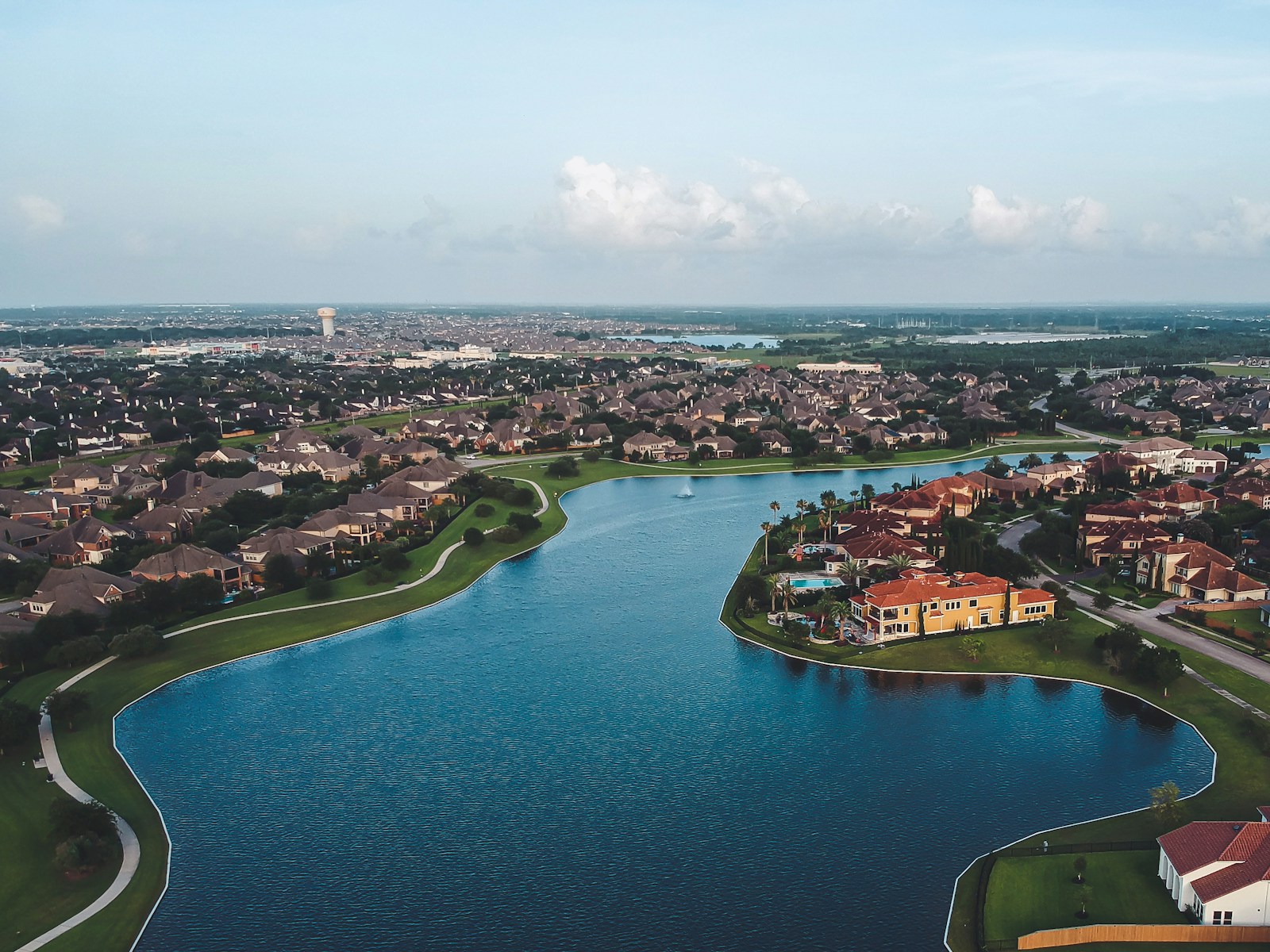
- Forest as percentage of land cover, 2021: 4.0% (-8.0 ppts from 2001)
- Forest as percentage of land cover, 2001: 12.0%
- Population change, 2000 to 2023: +152.8%
- Total population, 2023: 114,885
15. Warner Robins, GA
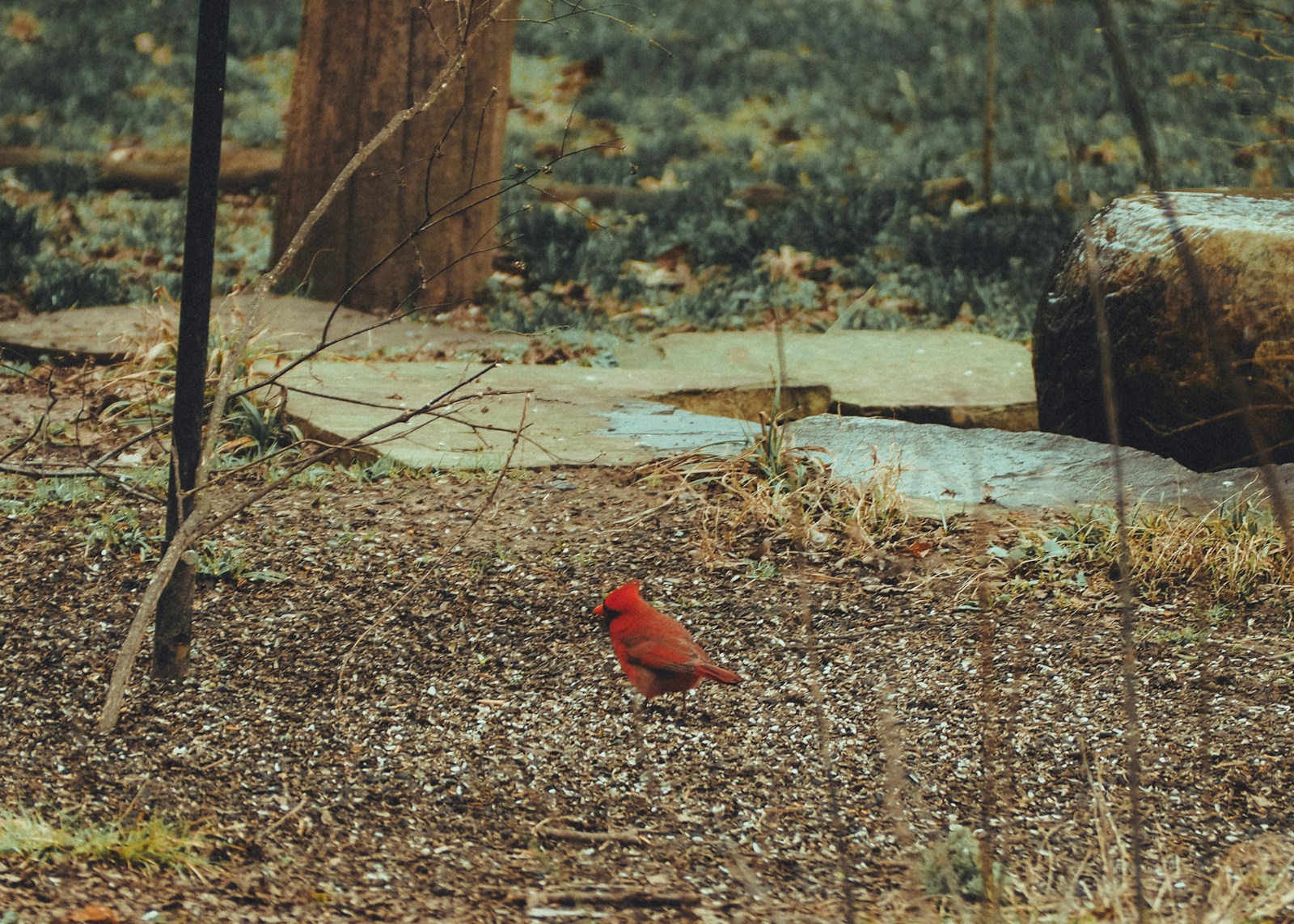
- Forest as percentage of land cover, 2021: 10.7% (-8.2 ppts from 2001)
- Forest as percentage of land cover, 2001: 18.9%
- Population change, 2000 to 2023: +66.9%
- Total population, 2023: 81,438
14. Mount Pleasant, SC

- Forest as percentage of land cover, 2021: 11.4% (-8.4 ppts from 2001)
- Forest as percentage of land cover, 2001: 19.8%
- Population change, 2000 to 2023: +94.6%
- Total population, 2023: 92,662
13. Alpharetta, GA
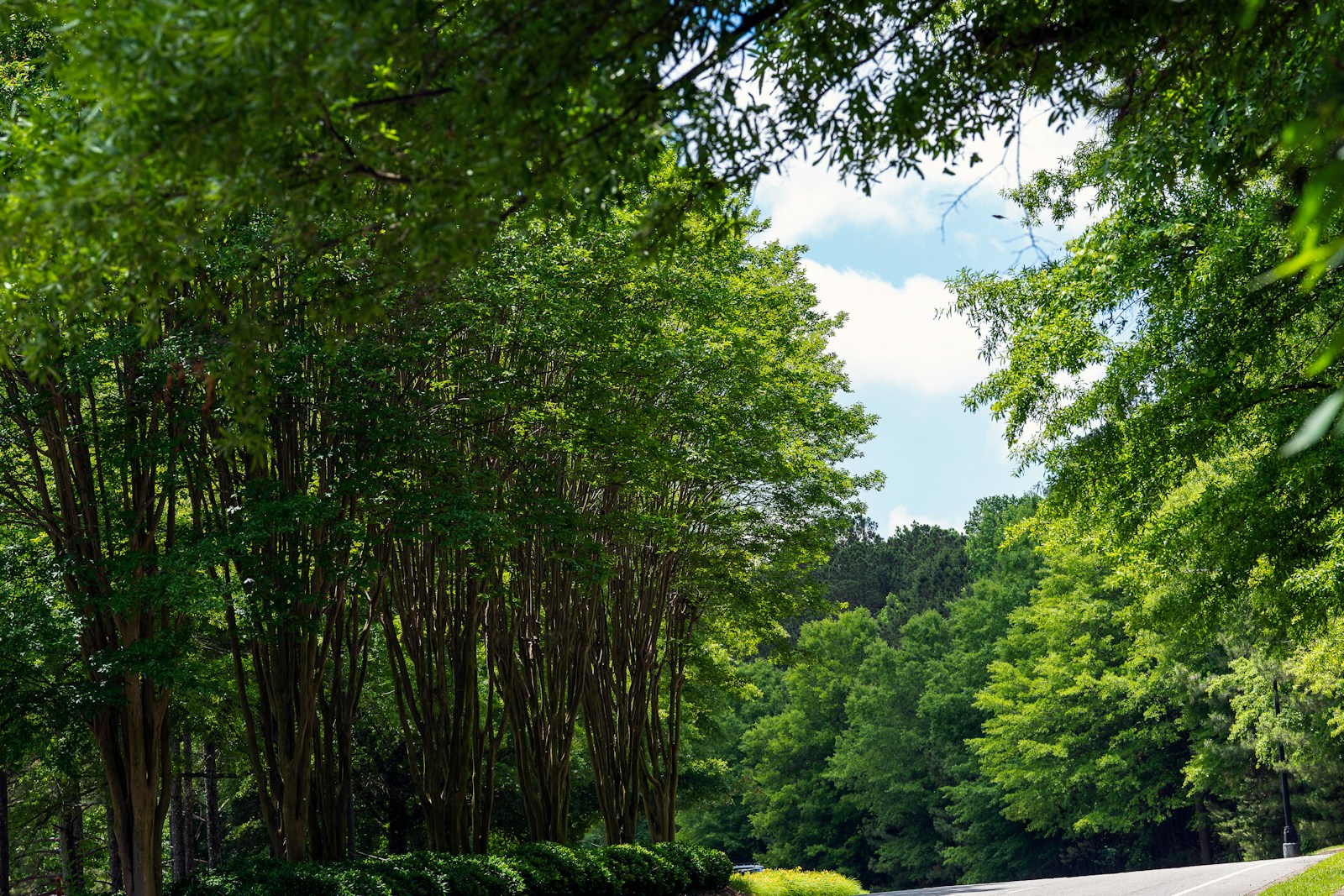
- Forest as percentage of land cover, 2021: 13.6% (-8.5 ppts from 2001)
- Forest as percentage of land cover, 2001: 22.2%
- Population change, 2000 to 2023: +90.4%
- Total population, 2023: 66,355
12. Concord, NC

- Forest as percentage of land cover, 2021: 17.1% (-9.2 ppts from 2001)
- Forest as percentage of land cover, 2001: 26.3%
- Population change, 2000 to 2023: +90.3%
- Total population, 2023: 106,518
11. Rock Hill, SC
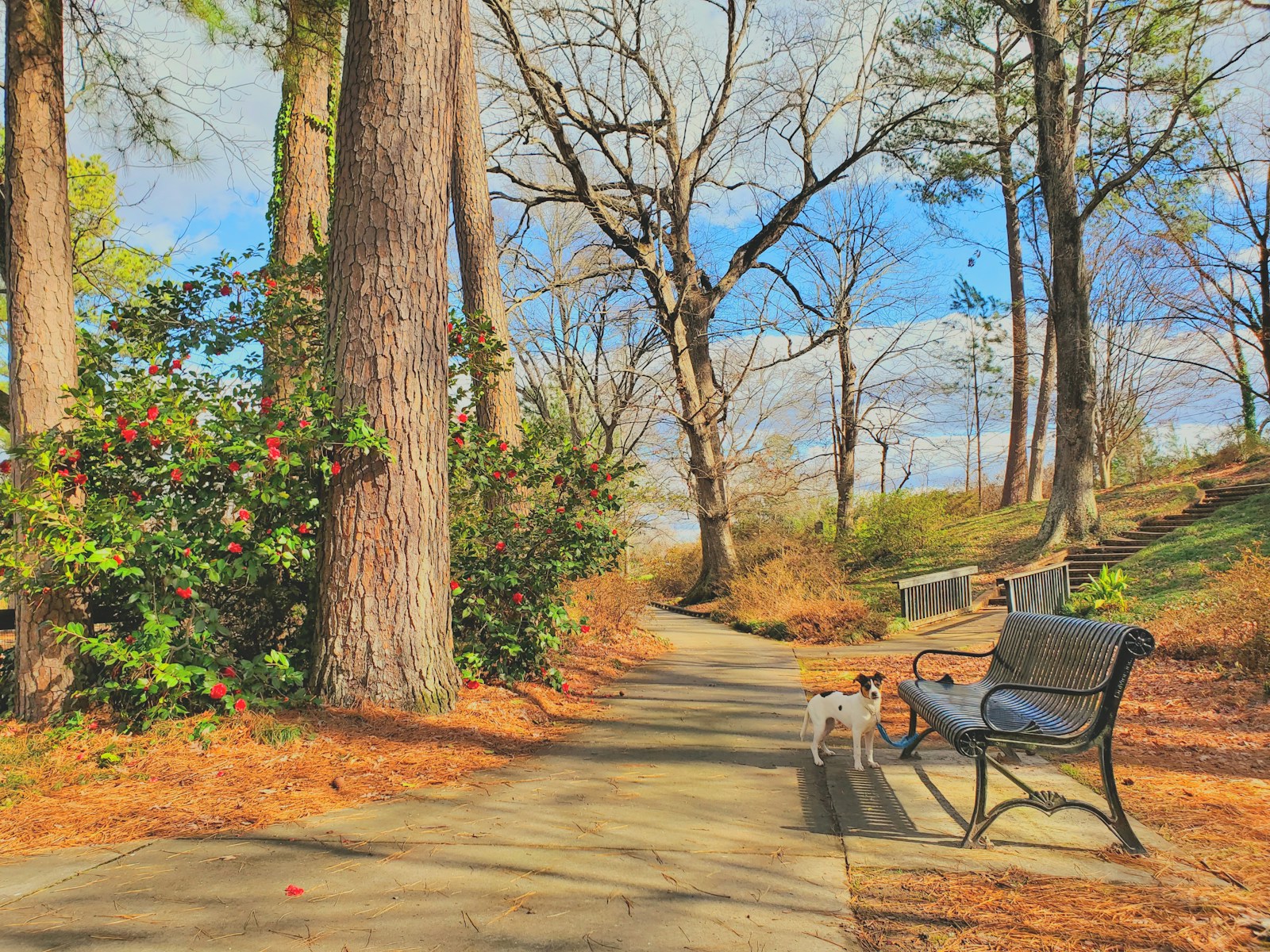
- Forest as percentage of land cover, 2021: 23.3% (-9.3 ppts from 2001)
- Forest as percentage of land cover, 2001: 32.5%
- Population change, 2000 to 2023: +50.2%
- Total population, 2023: 74,769
10. Durham, NC
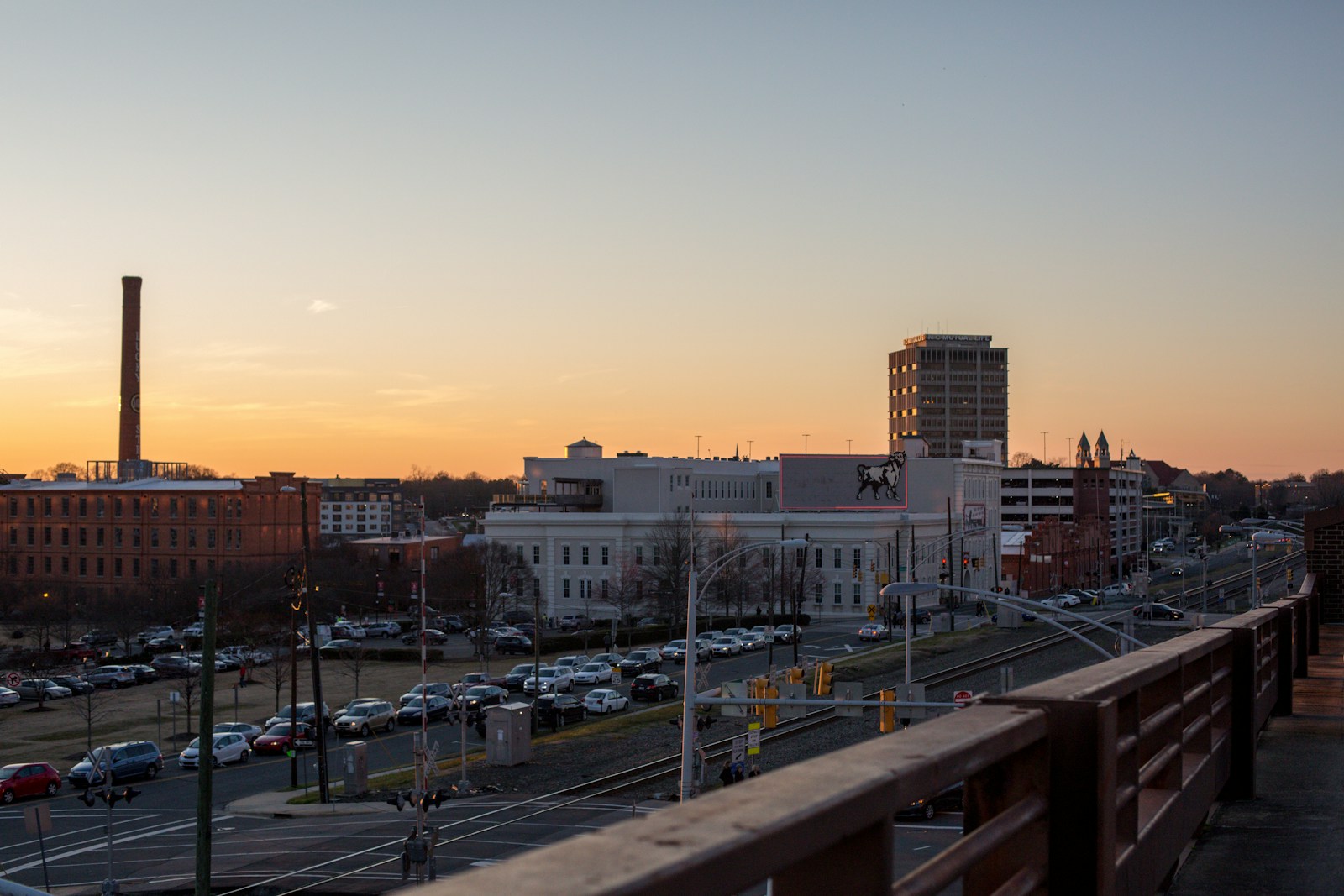
- Forest as percentage of land cover, 2021: 19.7% (-9.5 ppts from 2001)
- Forest as percentage of land cover, 2001: 29.3%
- Population change, 2000 to 2023: +54.2%
- Total population, 2023: 288,465
9. Auburn, AL
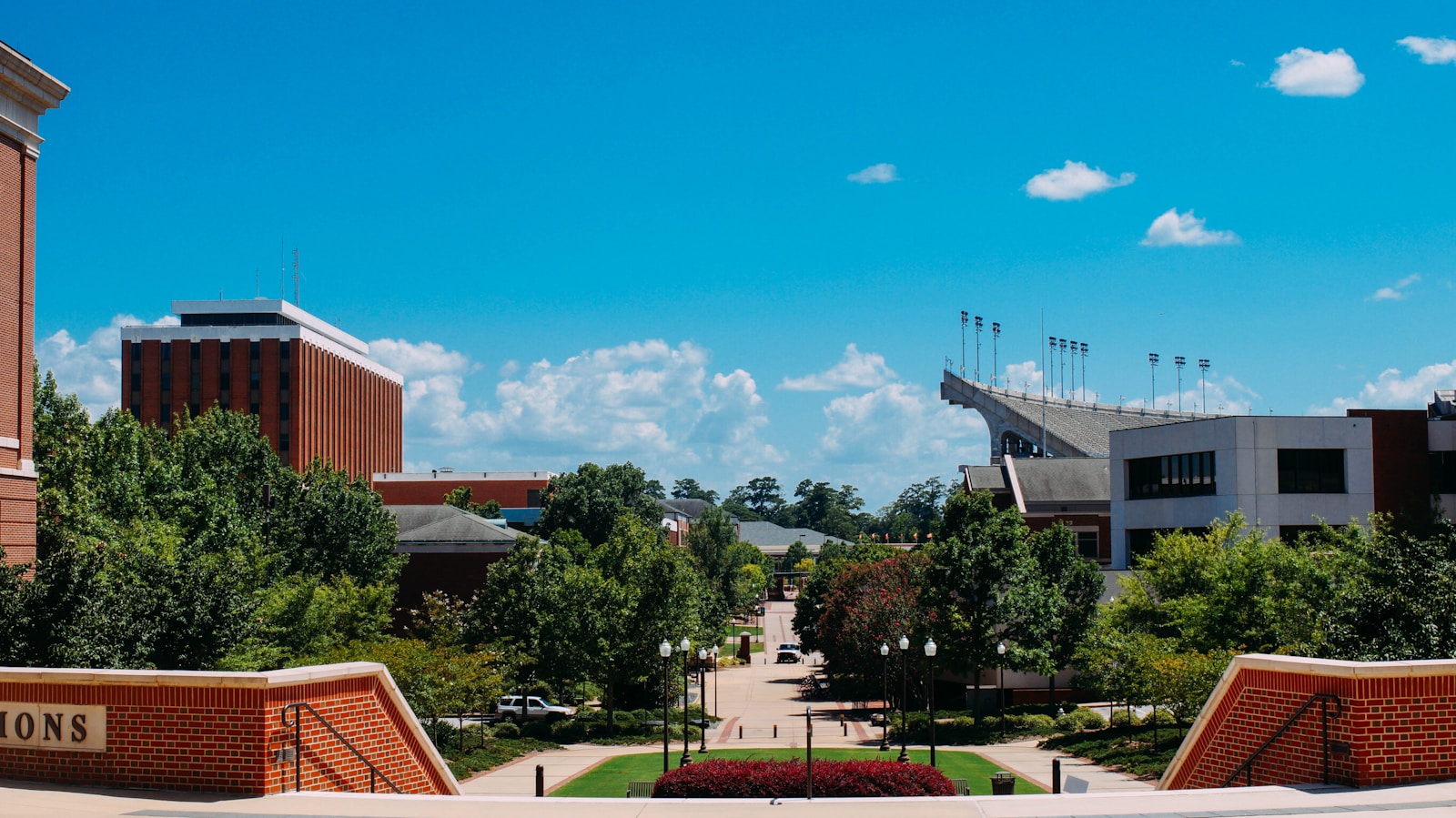
- Forest as percentage of land cover, 2021: 36.0% (-11.7 ppts from 2001)
- Forest as percentage of land cover, 2001: 47.7%
- Population change, 2000 to 2023: +83.2%
- Total population, 2023: 78,738
8. Conroe, TX

- Forest as percentage of land cover, 2021: 25.0% (-13.6 ppts from 2001)
- Forest as percentage of land cover, 2001: 38.5%
- Population change, 2000 to 2023: +163.4%
- Total population, 2023: 96,976
7. Hoover, AL

- Forest as percentage of land cover, 2021: 29.9% (-15.2 ppts from 2001)
- Forest as percentage of land cover, 2001: 45.0%
- Population change, 2000 to 2023: +47.3%
- Total population, 2023: 92,401
6. Leander, TX
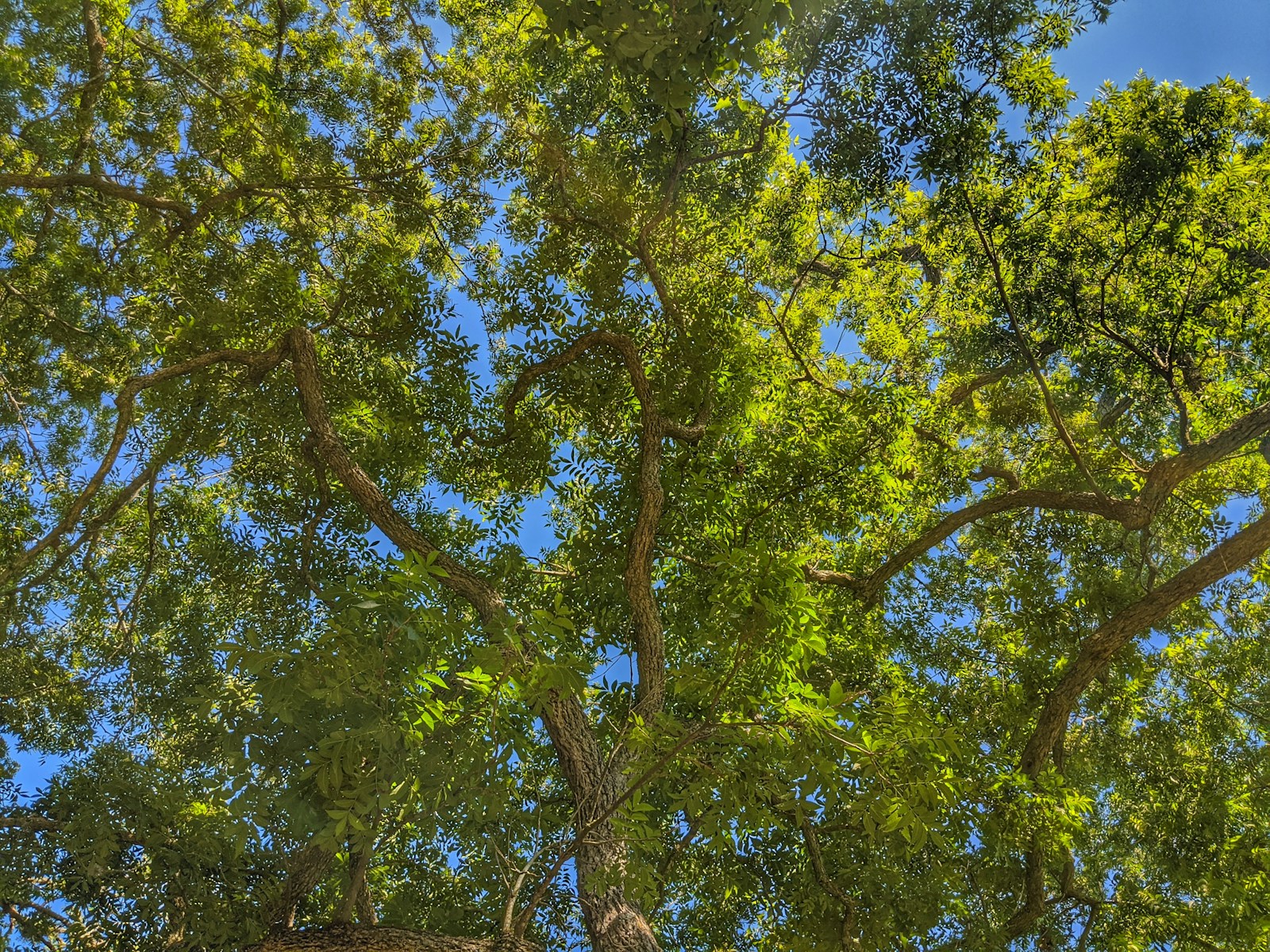
- Forest as percentage of land cover, 2021: 26.5% (-16.5 ppts from 2001)
- Forest as percentage of land cover, 2001: 43.0%
- Population change, 2000 to 2023: +793.6%
- Total population, 2023: 67,880
5. Cary, NC
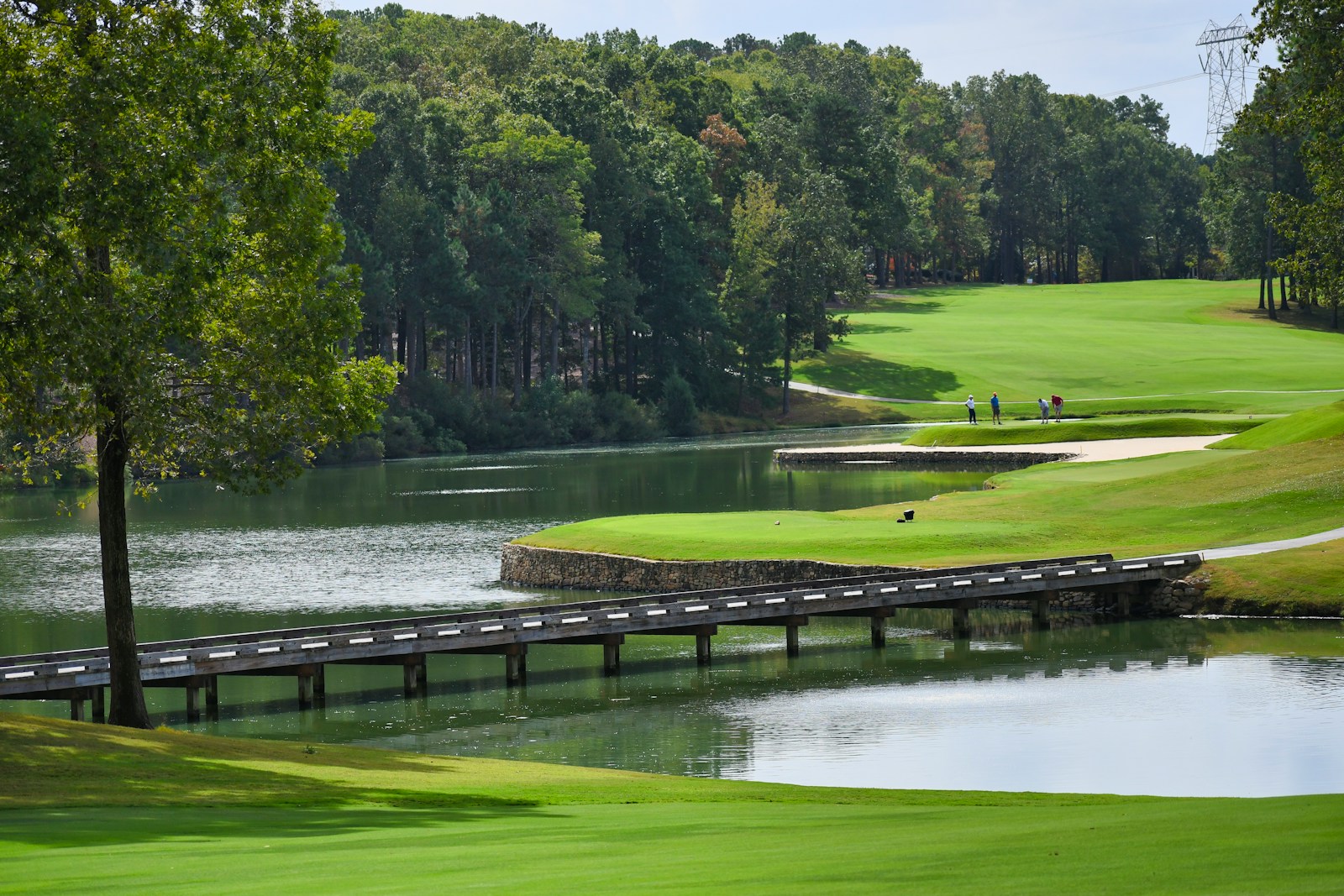
- Forest as percentage of land cover, 2021: 13.6% (-17.8 ppts from 2001)
- Forest as percentage of land cover, 2001: 31.3%
- Population change, 2000 to 2023: +86.9%
- Total population, 2023: 176,686
4. Cedar Park, TX

- Forest as percentage of land cover, 2021: 16.0% (-18.2 ppts from 2001)
- Forest as percentage of land cover, 2001: 34.3%
- Population change, 2000 to 2023: +197.4%
- Total population, 2023: 77,474
3. The Woodlands, TX

- Forest as percentage of land cover, 2021: 7.8% (-19.7 ppts from 2001)
- Forest as percentage of land cover, 2001: 27.5%
- Population change, 2000 to 2023: +110.3%
- Total population, 2023: 116,916
2. Apex, NC
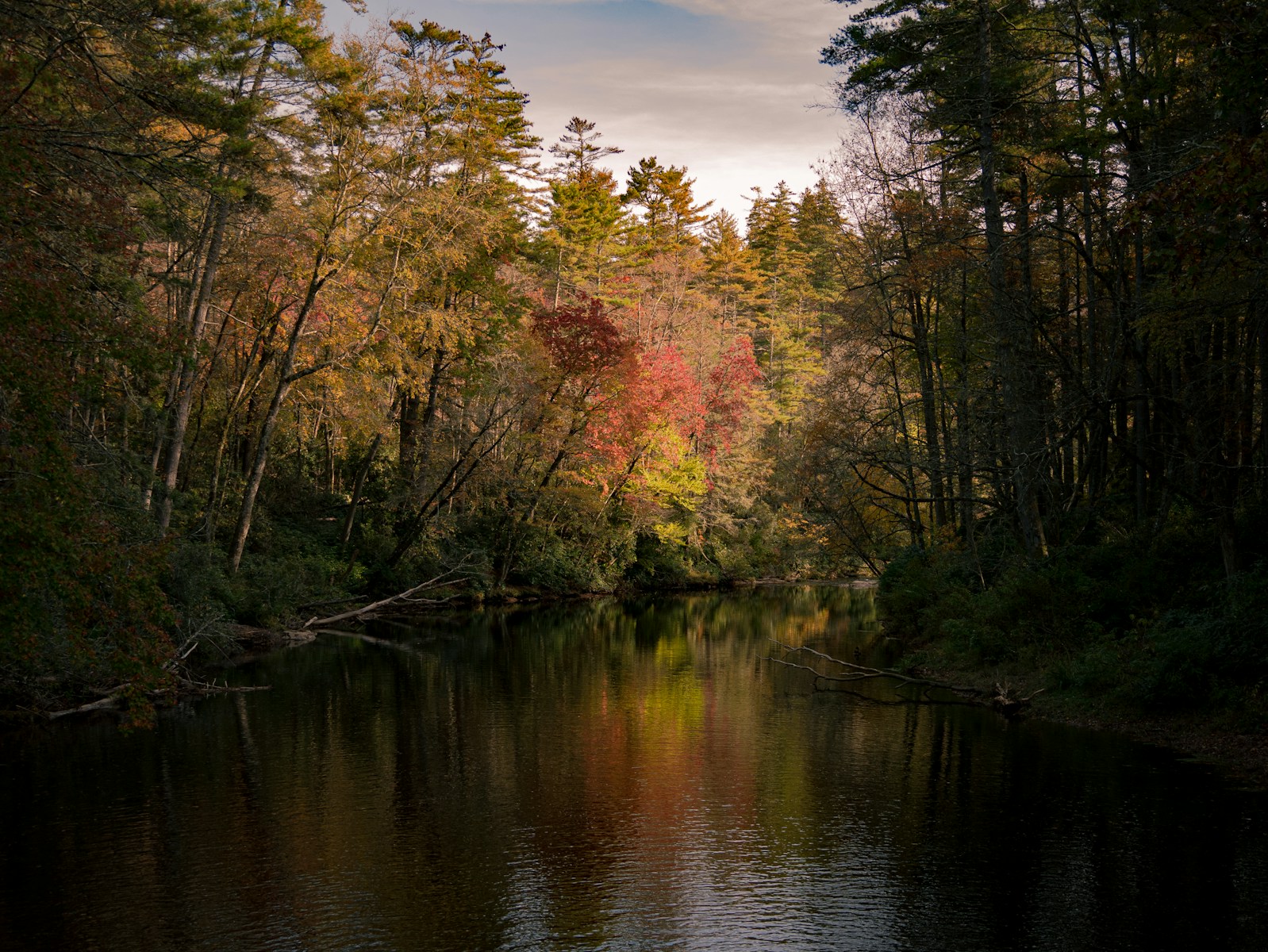
- Forest as percentage of land cover, 2021: 22.4% (-22.4 ppts from 2001)
- Forest as percentage of land cover, 2001: 44.8%
- Population change, 2000 to 2023: +235.3%
- Total population, 2023: 67,765
1. Atascocita, TX
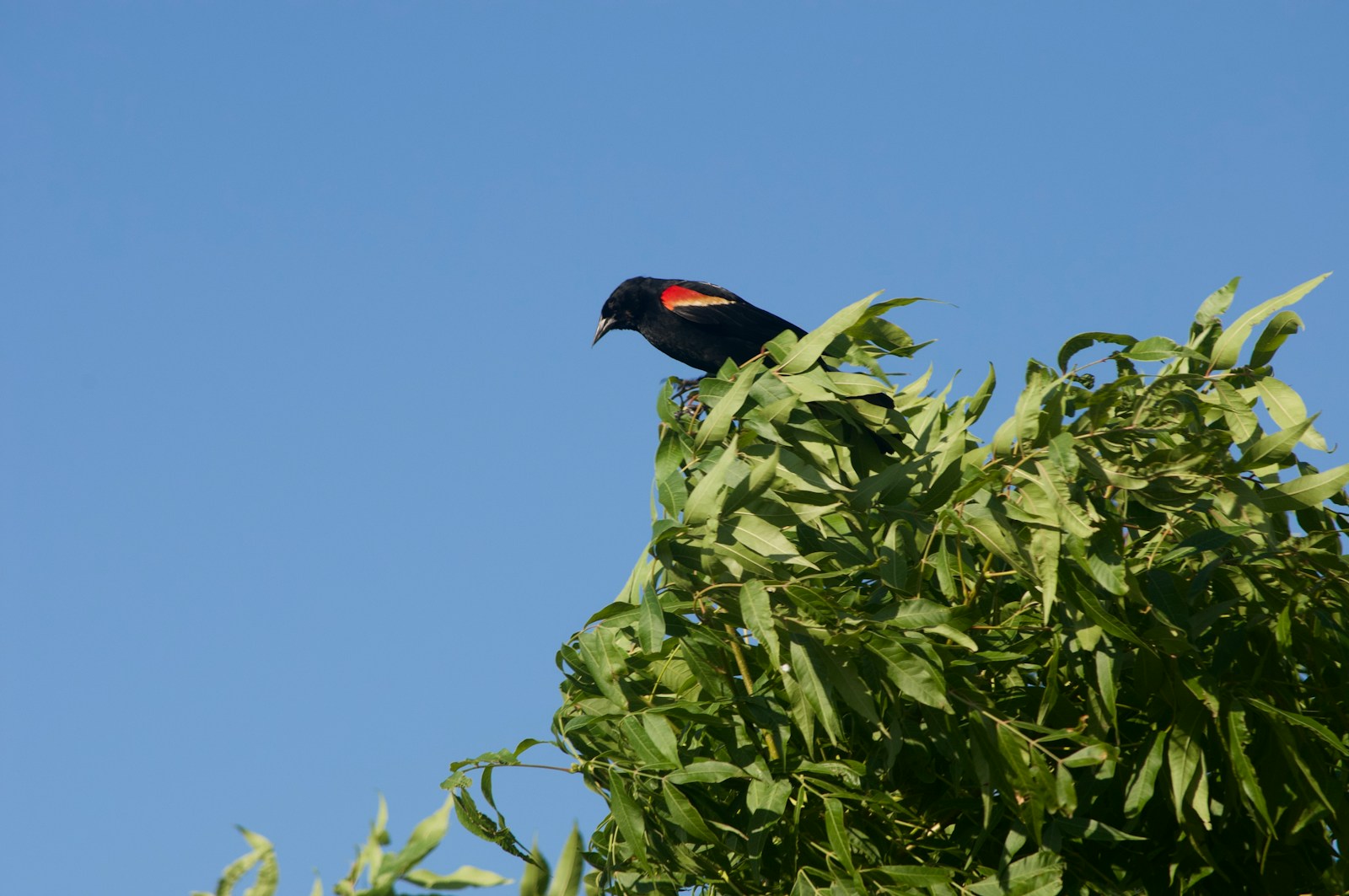
- Forest as percentage of land cover, 2021: 12.6% (-27.4 ppts from 2001)
- Forest as percentage of land cover, 2001: 40.0%
- Population change, 2000 to 2023: +162.4%
- Total population, 2023: 93,926
Sponsor
Find a Vetted Financial Advisor
- Finding a fiduciary financial advisor doesn't have to be hard. SmartAsset's free tool matches you with up to 3 financial advisors that serve your area in 5 minutes.
- Each advisor has been vetted by SmartAsset and is held to a fiduciary standard to act in your best interests. Get on the path toward achieving your financial goals!
More from ClimateCrisis 247
- These Nations Control the EV Battery Supply Chain, And The U.S. Is Not On The List
- 20 Towns Where Insurance Costs Are Soaring
- How 2025 Compares to the Worst Years for Wildfires
- The 25 US Cities Doing the Most to Reduce Air Pollution
